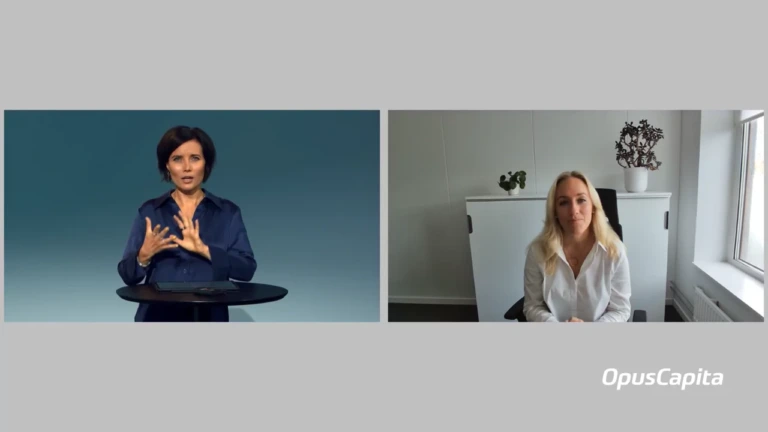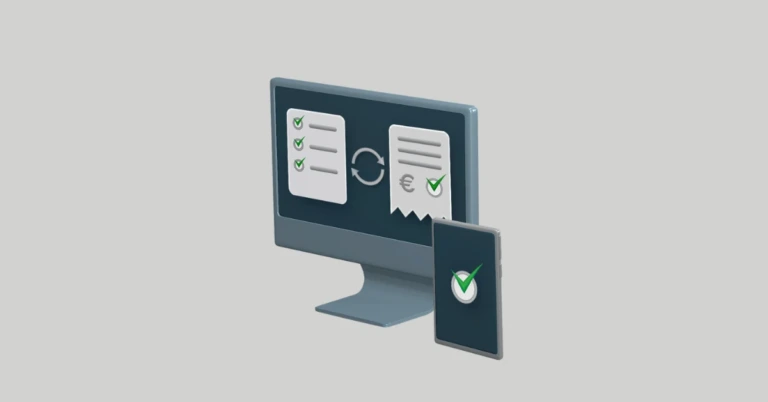
Why Does Amazon-Like User Experience and Guided Buying Matter in E-procurement?
If your organization’s employees are not happy with the usability of the e-procurement system you have established for them to use, it becomes soon very hard to reach your procurement targets. Here’s why guided buying matters in e-procurement.
If you have been in the industry for as long as I have, you have heard, read, and been utterly inundated with terms such as: ‘amazon-like’, ‘Google-type search, and ‘look and feel’ – after all, user experience has been a hot topic also in procurement systems for a long time. To be fair, I think there was a time when being Amazon-like really did set you apart. Now it has simply become a confirmation of conformation.
Having said that, I know OpusCapita says its e-procurement solution is Amazon-like (and it truly is – go visit our demo center to check it out). But what does it really mean and why does it matter for procurement? What does the whole guided buying concept look like in practice? Let’s lift the hood and take a look at what makes it all happen so effortlessly.
And before we go much further, I want to answer the question in the title. User experience is directly related to system adoption in your organization. It has a clear impact on KPIs such as spend under management, on-contract spending, the share of purchase orders, and invoice-to-PO match rates, and it has a direct relation to cost reduction.
Looking from this perspective, user experience has to do with so much more than just making buying easy for your organization’s employees.
What makes Amazon-like usability?
If you think about what makes up the usability on Amazon, you probably think about easy-to-use and intuitive search functionality and those little features that help you find exactly what you are looking for.
From a procurement perspective, the whole guided buying approach does not only allow your organization’s users to quickly and easily search, find, and buy what they are looking for, but it also nudges them through your designed purchasing process with preferred suppliers and products.
Just like Amazon, OpusCapita eProcurement gives you at the get-go a search box with a bunch of categories listed below. This basic design could easily be taken for granted, but I thought I would open the guided buying principles up with a few terms: autocomplete, notifications, kits and bundles, comparisons, and smart forms.
1. Search capabilities
Everything I listed above happens behind the scenes and is typically taken for granted by most of us. In fact, these features have everything to do with usability and the easy ‘search – find – buy’ experience. Quite a bit sits behind that innocuous little search box on your screen.
First, the auto-complete in the search bar. When you type into that open field, you expect ready-filled options show to you and narrow as you type. Second, if you type in a search for something that cannot be found in the catalog, the semantic search gives you a ‘did you mean…’ proposal with the best guess result. Third, the fuzzy search returns results, even if you misspell words. All of this combined, a lot of user frustration was avoided.
2. Kits and bundles
The guided buying approach is perhaps the most obvious with kits and bundles. As an example, the category manager might want to ensure that when someone in the organization makes a requisition for a laptop, he or she is always presented with an option to also buy a bag, a mouse, and a privacy filter. The suggestions are helpful, and they can also ensure that mandatory add-ons get all ordered at once, to avoid extra work.
Guided buying also includes notifications for example of hazardous goods. It might be that the requisitioner needs to ‘accept’ responsibility before they can proceed with the order. This is especially useful in situations where a certain liability is connected to the goods or service.
3. Comparisons
Making comparisons is another key feature of guided buying. You might think that it is the most basic element of modern procurement, but you shouldn’t dismiss the tremendous value in users being able to make an educated and personal choice (where a choice is an option). The procurement department has a role in filtering what the users see in their product comparisons, but in every case, the way the information is presented to your users for evaluation is where usability really shines (or doesn’t).
4. Smartforms
Lastly, smart forms push guided buying a step further. A smart form is set up by the buyer or category manager, and it allows for a combination of products and services from multiple suppliers to be connected to a single requisitioning process. It’s more than what I just described in kits and bundles because the form is reactive: as you make selections in the fields in the form, the rest of it adapts to accommodate your specific requirement. As an example, one of our customers is in retail and regularly opens new stores. The stores are of different sizes and to facilitate the initial store setup, the procurement department has built a single smart form to be able to requisition everything needed to open a store. Can you imagine – something this complicated is practically now a one-touch requisition process, as they have figured everything out ahead of time and built a form once?
So when you are thinking about implementing an e-procurement solution, these should be the things you pay special attention to when looking at the user experience. After all: if you go through the process of establishing an e-procurement solution with product catalogs from your suppliers for all relevant commodities, you want your organization to also start using the new purchasing channel, right?







